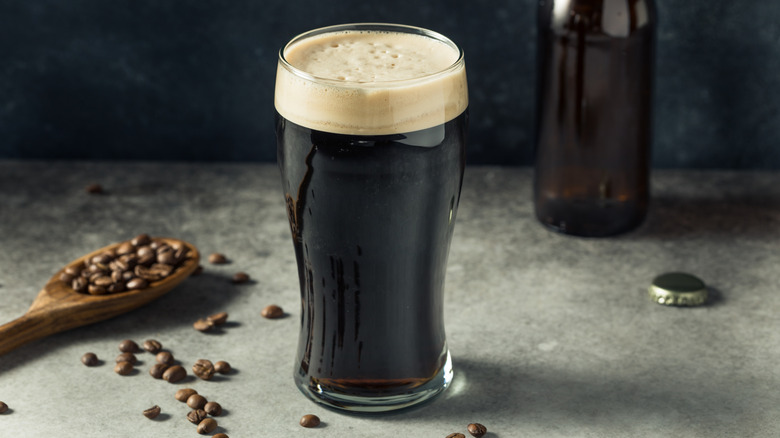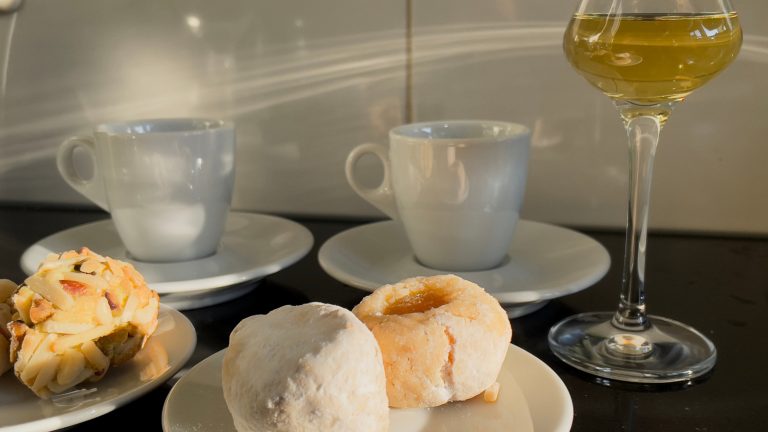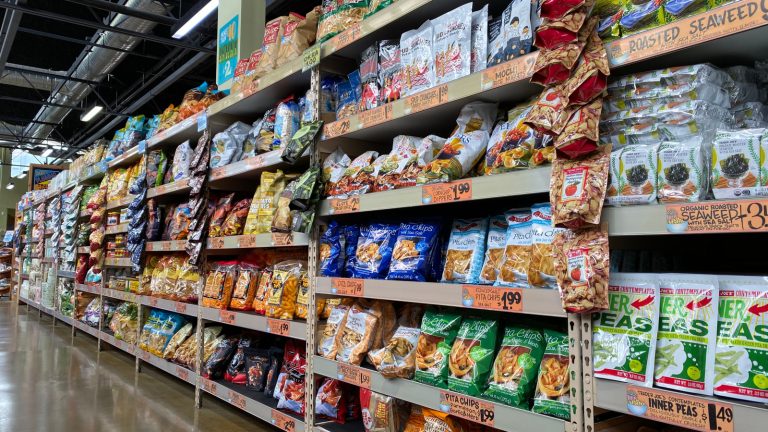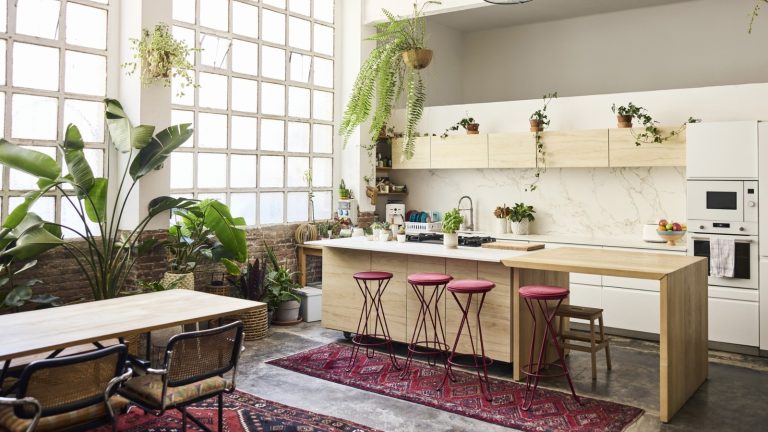When we’re drinking beer, we’re usually interested in its alcohol percentage, not its caffeine content. That’s with good reason, because beer generally doesn’t have caffeine, and thinking it does is not among the common myths you thought were true about beer. However, beer made with coffee, tea, or chocolate, ingredients that do have caffeine, may contain some of the stimulant.
If you are avoiding caffeine, there are things to keep an eye out for before drinking beer. Most importantly, read the label. Unfortunately, food and beverages in the U.S. that have naturally occurring caffeine aren’t actually required to provide that information on the label. Only added caffeine, like in soda, must be disclosed, and even then, not how much. Ingredient labels are also optional for beer, so there may or may not be a list of ingredients where you could look for coffee, tea, or chocolate. But you can look at the name of the beer and see if any of the three are mentioned as part of it. You could also reach out to the brewer to try to get the information.
Even if you discover that one of these three ingredients is in a beer, it doesn’t necessarily mean it has caffeine. Herbal teas (the ideal tea to use when making non-alcoholic drinks) don’t have caffeine, for instance, and beers that have chocolate flavor may not actually have any cacao in them. But without more information, you could still choose to give them a pass.
How much caffeine is in these beers?
When a beer made with coffee, tea, or chocolate does have caffeine, is there enough of it to be of any concern to people who avoid it? The amount of caffeine will vary depending on things like how much caffeine is in the added ingredient, how much of the ingredient is used, and the way the beer is brewed.
Methods to infuse coffee in beer include putting it into the grain while it’s fermenting, adding cold brew coffee to the beer after it’s been fermented, and aging the beer on coffee beans or grounds for a short time. (It’s helpful to use cold brew – one of the cold coffee types, along with iced coffee and nitro – because it’s more concentrated and doesn’t have the bitterness sometimes found in hot coffee.)
Despite the variables, the amount of caffeine that makes it into the beer is low, in large part because there’s not a lot of coffee being added in relation to the amount of beer. Generally, one glass or can of beer that has caffeine will have around as much as just a couple of coffee mouthfuls. Tea and chocolate (actually cacao nibs or dry cocoa) can also be introduced at different phases of the brewing process. But both have less caffeine than coffee, so it’s likely even a smaller amount of caffeine would be in the beer.






